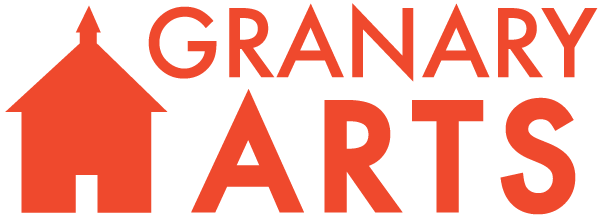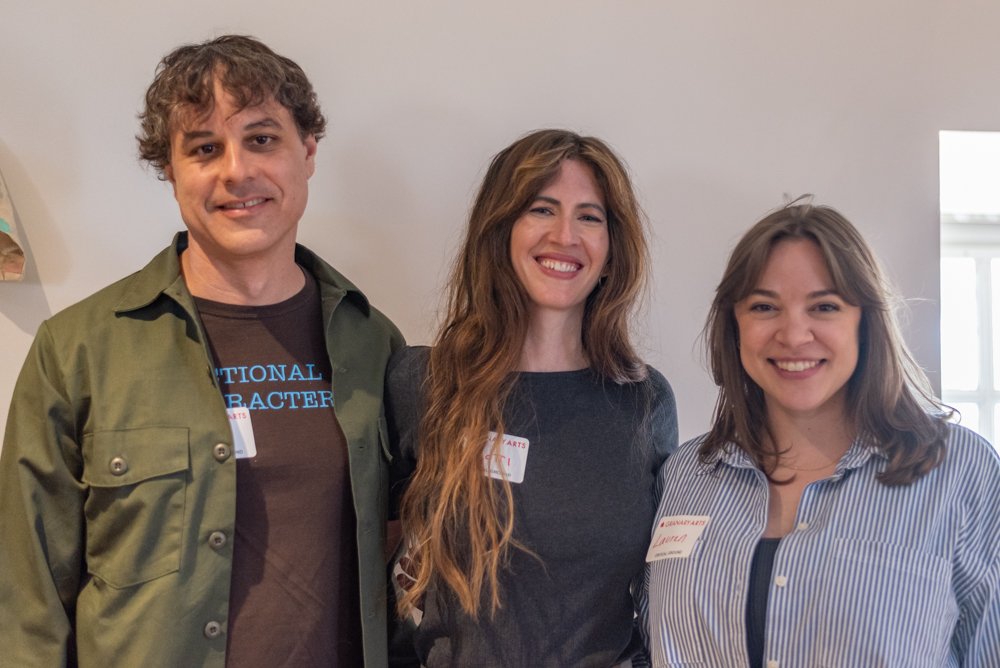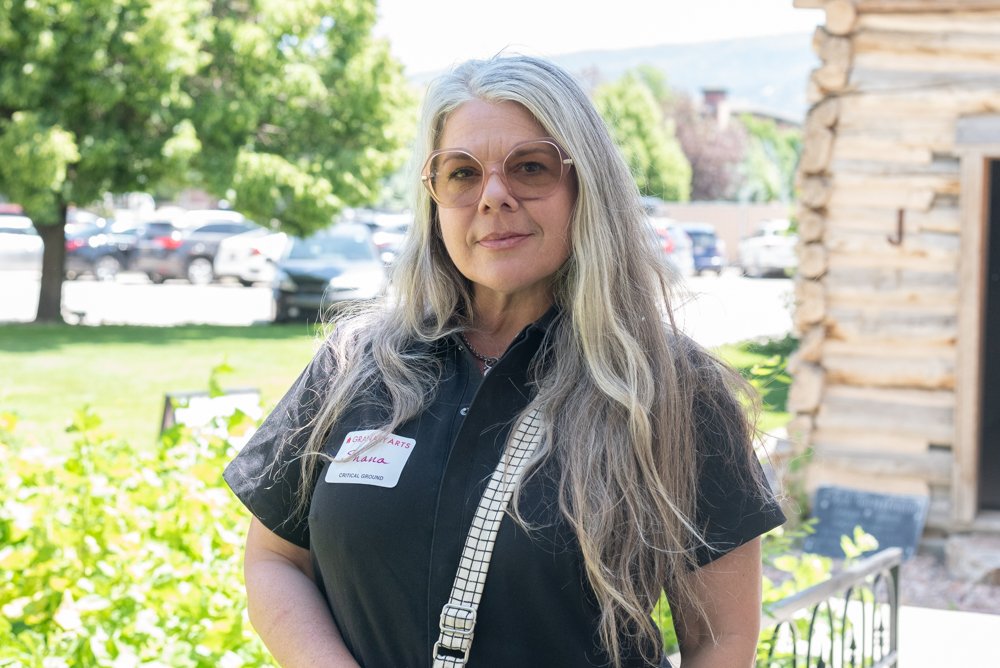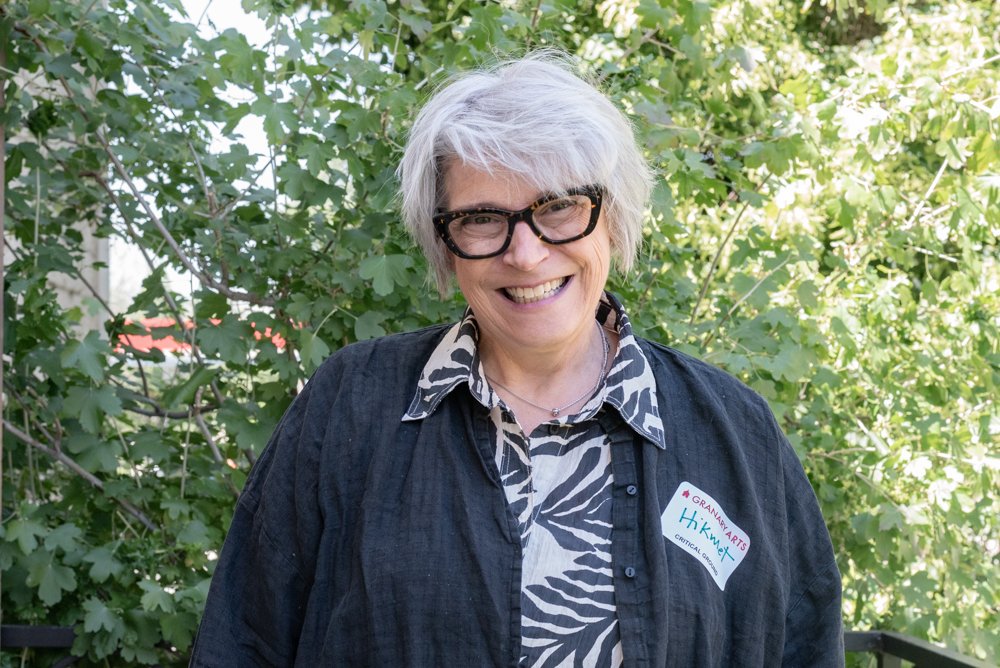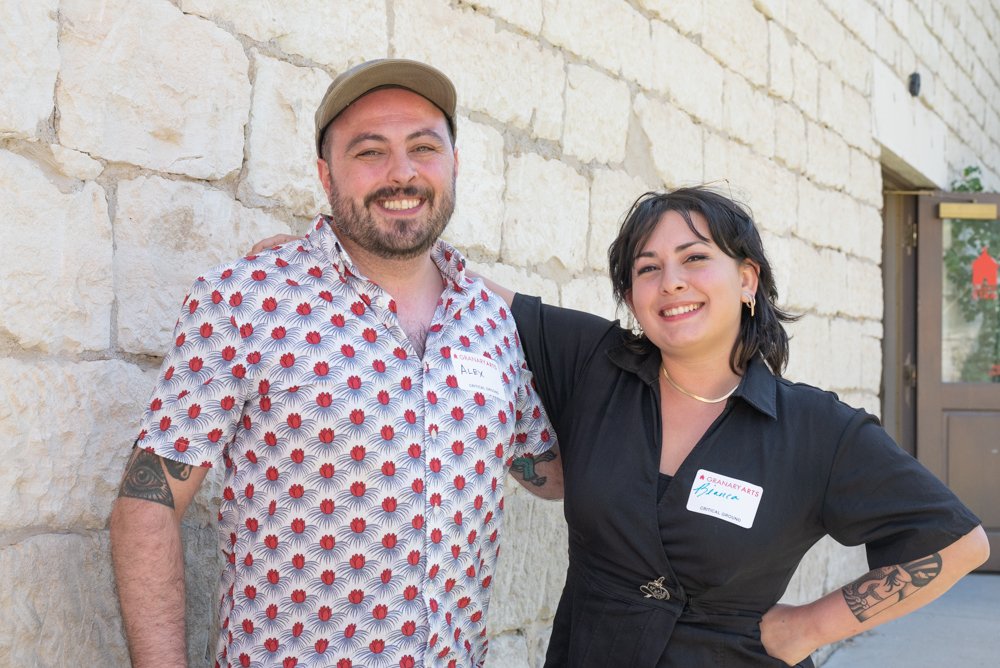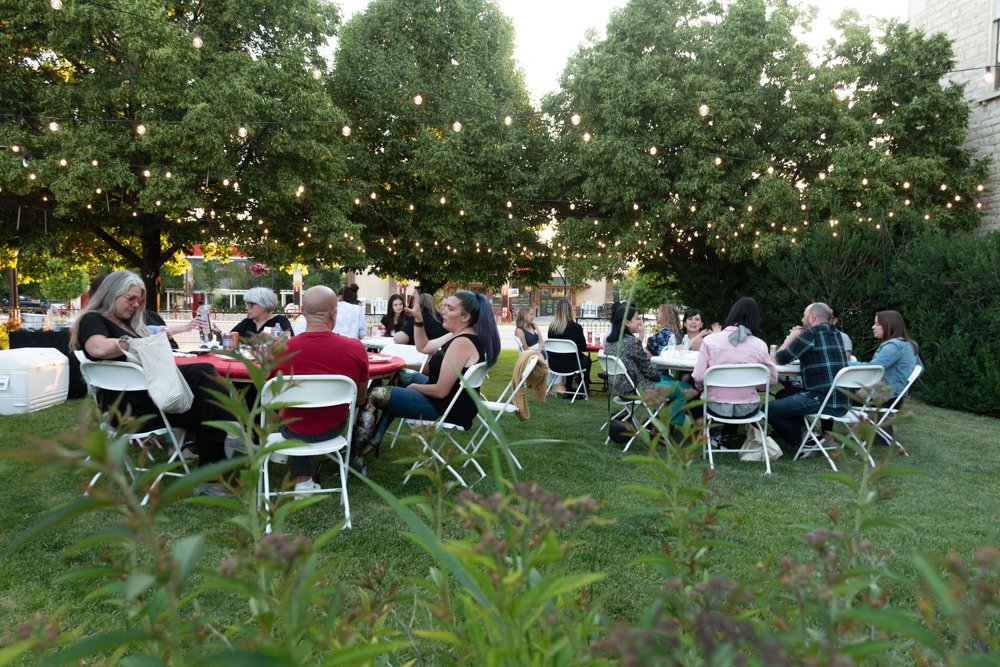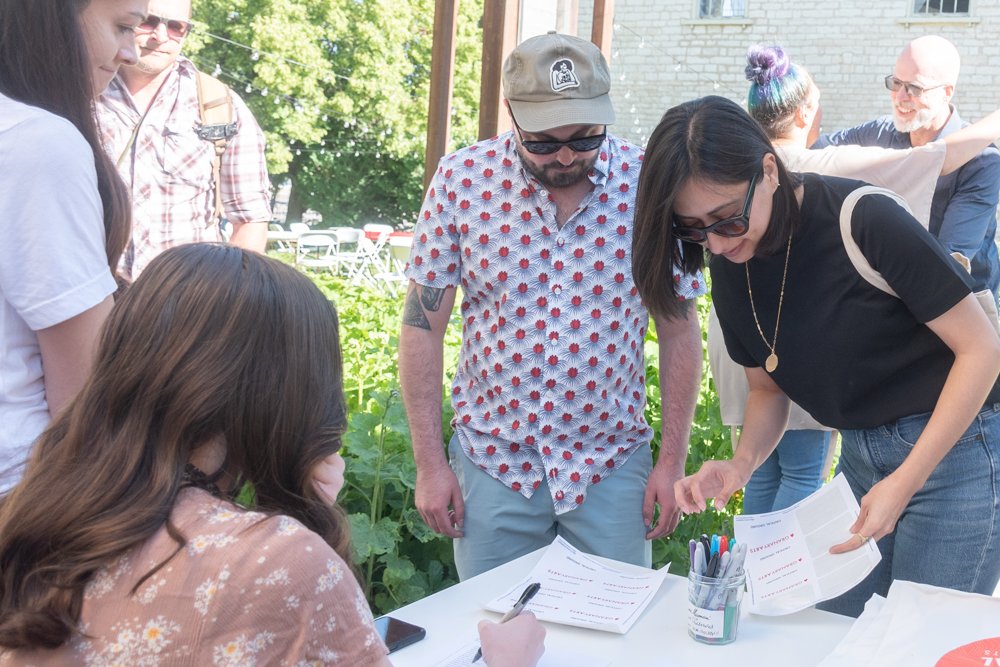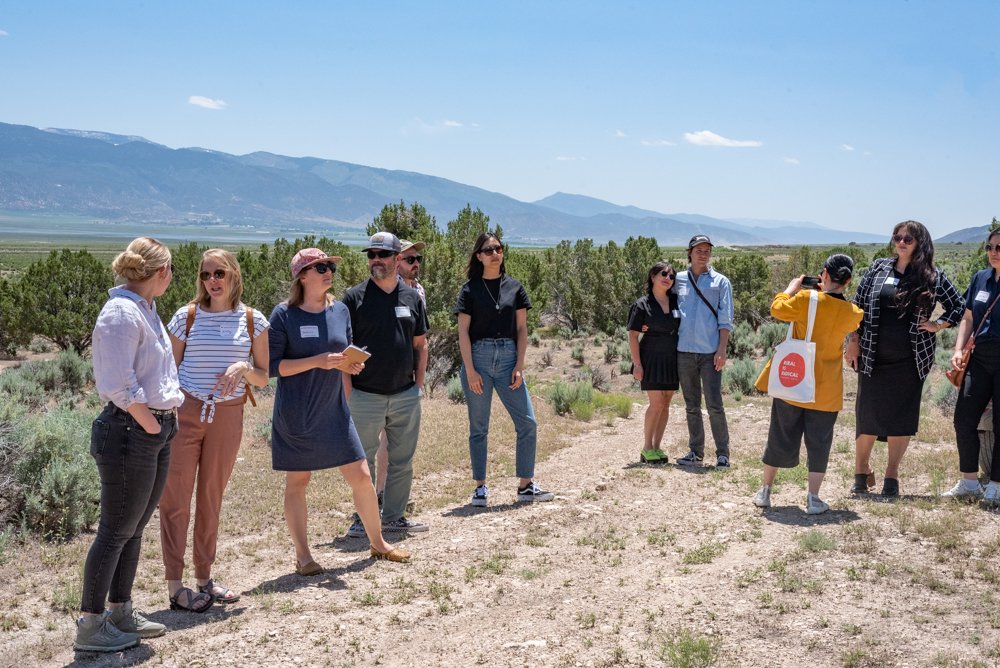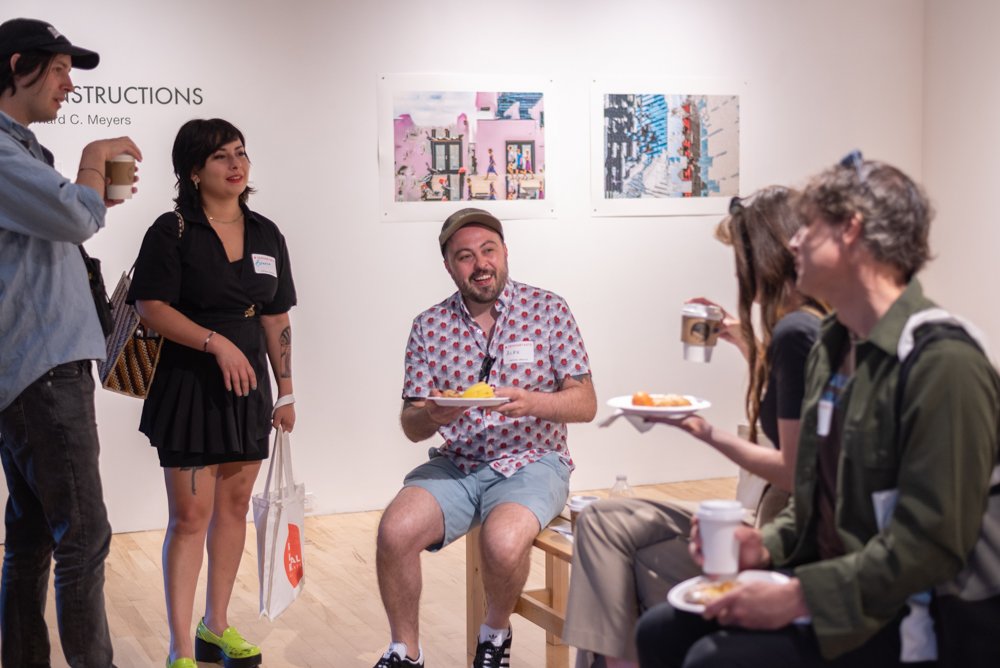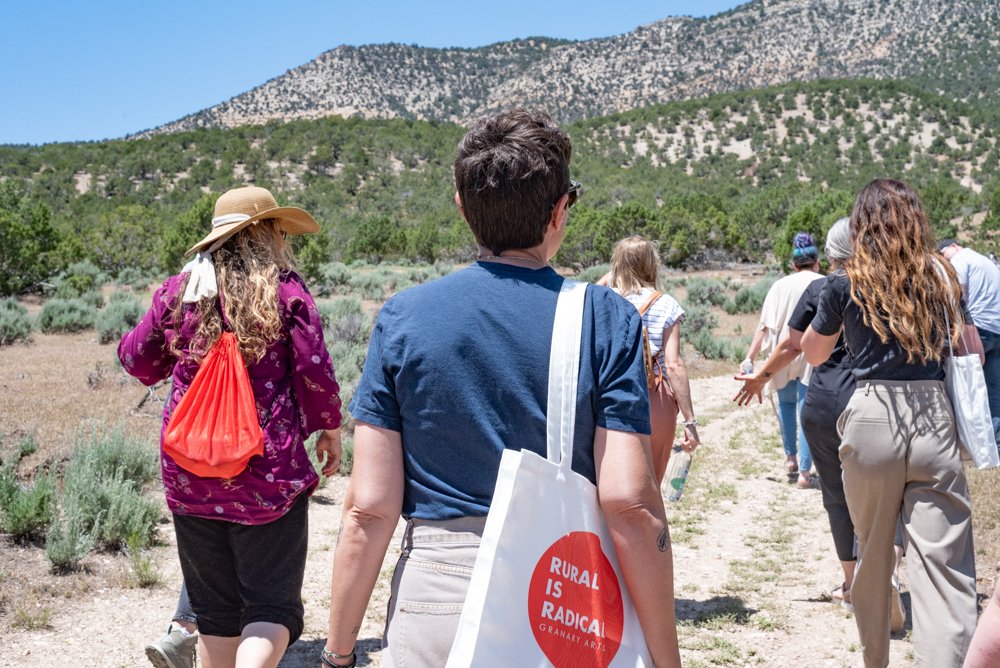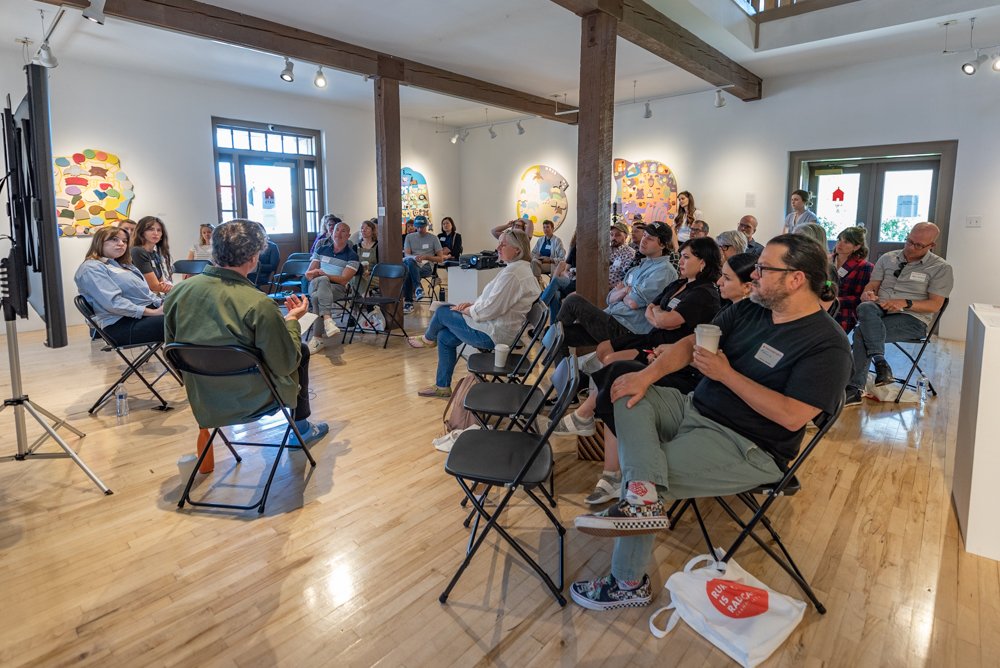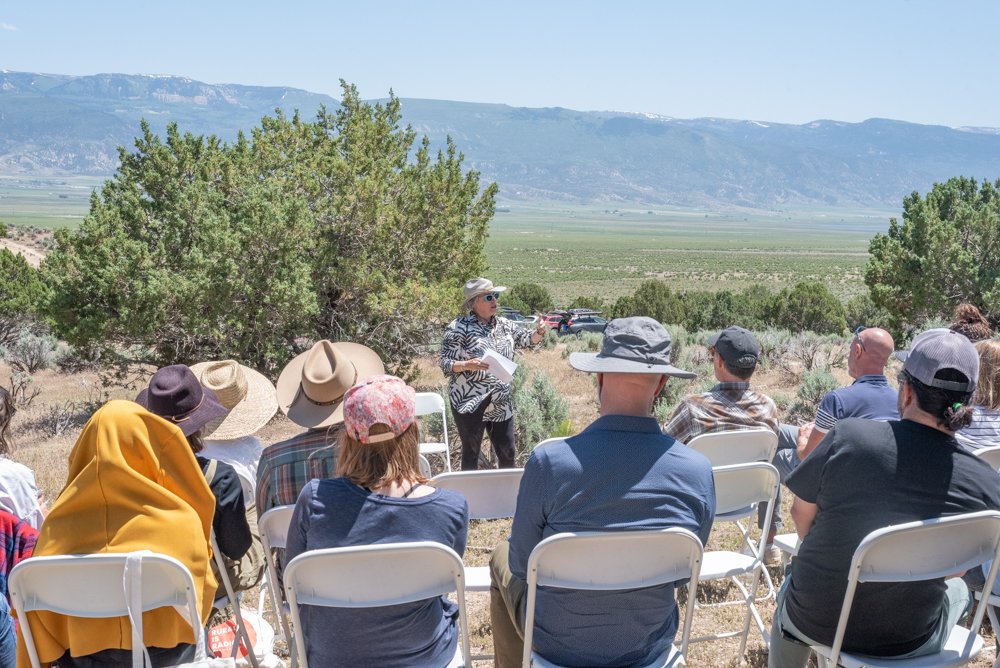CRITICAL GROUND / Critical Sessions
June 22 - 23, 2023
CRITICAL GROUND, an initiative exploring how the dialogue of art critique might shift towards communities and artists working outside the frameworks of NYC and LA. An experimental venture, the intention is to create a platform and space for this conversation in Utah, and to serve as a model for other places in the country with like-minded vision.
CRITICAL GROUND explores the impact of art criticism and the democratization of art critique through the sharing of ideas and experiences with the intention of mapping an alternate way forward that is more inclusive of the spectrum of work created across the country.
The day-long event is a series of conversations and brainstorms between visiting critics and artists, curators, writers, and other stakeholders from the region. Through formal and informal discussion, this gathering is a space where strategic thinking meets creative action with the intention to shift the current framework of art critique hierarchy to highlight work outside metro-centered locales.
SESSIONS
Lauren Tresp + Steve Jansen + Scotti Hill / Art Writing as Ecosystem Building
Southwest Contemporary contributors will present an open discussion of art criticism, arts journalism, and art media more generally as mechanisms that bolster regional arts ecosystems. In this conversation, Lauren Tresp (SWC publisher and editor), Steve Jansen (SWC news editor), and Scotti Hill (SWC contributor and arts writer) will introduce Southwest Contemporary’s approach to establishing a regional hub for arts discourse, resource-sharing, network-building, and professional development, and share a tracking tool designed to qualify the impact of these activities. Lastly, the team will present an expansive editorial project that will examine various support structures within the arts ecosystem through a rigorous, critical lens and facilitate open dialogue around these topics, including asking for feedback on the concept and collaboratively brainstorming key guiding questions.
Shana Nys Dambrot / Natural Friends of the Arts
For Critical Ground 2023, I envision my session as an organic combination of readings, presentation, and conversation. I plan to center empathy and literary style in a discussion of how I practice art criticism, related to the overall conversation on its definitions and functions—with the goal of a more inclusive discourse, both in terms of demography and geography. I’ll illustrate the case with some of my favorite selected passages from writings by historical voices like Charles Baudelaire, Gertrude Stein, and Frank O’Hara. As part of this presentation, I’ll visit central questions as to criticism’s evolving powers in the current media landscape—the difference between “critique” and “art writing,” the value of negative reviews, the literary voice, the authoritative voice, the duty to the present moment, the responsibility to art history—arriving finally, but most urgently, at the main question before us. That is, how we get folks to read “the art section” in the first place, so that more people—and crucially, more kinds of people in more places—both feel and truly are part of the conversation.
Hikmet Sidney Loe / The Center's Circumference
This field session explores ideas of center while making a site visit to Utah’s Center Monument located in Sanpete Valley. The recent exhibition The Center Can Not Hold (Granary Arts) asked architects to consider Ephraim—Utah's geographical center—through a conceptual lens. Their investigations led to generous and open-ended interpretations of how the meaning of place changes for each of us. Identifying a center assumes consensus and shared values, a more homogenous view. Each center includes a circumference, an expanding region where multiple interpretations can exist. As a scholar of land art, ideas of "the center" are frequent, postulating a place for one to stand, view, experience. Yet we can never stand in the same place, our experiences are colored by many factors. Possibly the most engaging artistic statement from this movement was written by artist Nancy Holt, who stated "the center of the work becomes the center of the world" in her essay on Sun Tunnels. The center expands through tunnels that frame the landscape; from one spot to celestial orbs. Infinite circumferences are found in this statement, providing multiple entrees into the world and into the interpretation of art. The poet Emily Dickinson wrote "my business is circumference," indicating a space where ideas can live and germinate. The idea of the center is complicated by our unique experiences; how to translate those experiences to transcend boundaries is akin to crafting art criticism. Decentralizing geography and decentralizing writing each allows for a richer place within which to live and communicate the essence of art.
Bianca Velasquez + Alexander Ortega / Writing Across Disciplines, Bridging Community
What kinds of writing and rhetorical practices can help art criticism thrive in small communities? In this session, Critical Ground Fellows Alexander Ortega and Bianca Velasquez tackle this question in terms of their nontraditional career paths and what they’ve learned. The pair worked together on SLC A&E publication SLUG Magazine’s editorial team, with each writer now contributing to Southwest Contemporary and Velasquez to Hyperallergic. Their experience of foregrounding local voices has not only sharpened their art writing but has also helped them democratize their coverage in order to pitch in for a more robust local arts culture at large.
Ortega and Velasquez will investigate how the distinct needs of a non-coastal place found them covering myriad disciplines within their local arts scene. In doing so, the two writers have been able to extrapolate varying writerly thinking across art disciplines, practices, and contextual situations for their audience. Ortega and Velasquez exercise yet query the ways in which this Swiss–army knife approach allows communities to converse with themselves through multidisciplinary cross-pollination in order to form an inimitable cultural sense of place.
